
Three 12 languages of the mind stand out as particularly important for creative expression. These are the languages for radiance, shape, and proximity. Radiance is the language of energy. Light and dark, contrast and shadow. Bright or dull. It is what gives a thought its depth and dimensionality. Shape is the language of form and structure, of lines and curves. It is what provides an impression with its contours and boundaries, its mass and its depth. Proximity is the language of closeness and distance, near and far. It is what gives a thought its perspective and scale. We’ve grown apart. How do I bring you back? These three languages work together to create the illusion of space and depth, width, and height on a three-dimensional surface. They are what give a painting its three-dimensionality. For example, pay attention to how the artist uses light when looking at a painting. Notice how the artist uses contrast and shadow to create a sense of depth. Look at the shapes and forms in the painting, and see how they interact with each other. And finally, notice the placement of objects. Ask yourself, How are they arranged with each other? That will give you a good understanding of how the artist has used the languages of radiance, shape, and proximity to create a three-dimensional effect. Ready to delve into more of the 12 languages of the mind? This article, part two, will encompass how to utilize radiance, shape, and proximity in your marketing strategy.

The Main Value of Creative Expression
“As we fall ever deeper into creative thought, we float weightlessly in a silent world underwater where time stands still and everything is beautiful.
But it is dangerous to go swimming alone. Be sure someone who loves you ties a rope to your leg so they can haul you up when you’ve been under too long.”
— Roy H. Williams
As suggested by the Wizard of Ads® for Essential Services in the quote above, the primary value of creative expression is it allows us to explore the depths of our imagination. It is a form of escapism that can be both therapeutic and exhilarating. When we get lost in ways to be creative or creative thought, we are free to play and experiment without judgment or consequence. We can explore new ideas and perspectives that may be outside of our everyday reality. This thinking can lead to innovation and breakthroughs in our personal and professional lives. At the same time, it is essential to remember that the mind is not always a reliable narrator. Our biases and individual experiences often color our thoughts and perceptions. As such, taking everything we think and feel with a grain of salt is vital. Your mind is an incredible tool, but it is only one part of who you are. You must also pay attention to your heart and body to ensure you live in alignment with your true self. These are 12 ways to communicate that elevate your creative expressions, whatever they may be:
- Acting.
- Creative art drawings.
- Engineering.
- Filmmaking.
- Interior decorating.
- Inventing.
- Landscaping.
- Making music.
- Painting.
- Persuading.
- Photography.
- Sculpting.
- Selling.
- Singing.
- Speaking.
- Writing.
- Or [insert another creative expression art here].
Each of us has our unique way of expressing ourselves creatively. We can break down each creative expression into these 12 languages. You want to elevate your creativity for nothing else but your company’s sake. Why? Creativity is what differentiates your company from the competition. It’s what makes you unique. When you’re conscious of the 12 languages of the mind, you can start to see how each one manifests in your creative expression. For example, if acting is your thing, you might be particularly good at persuading people. Or, if you’re a painter, you might have an excellent eye for color and proximity. Each of these 12 languages has its own unique set of attributes. When you understand how they work together, you can start to elevate your creative expression– no matter what it may be. If you’re unsure where to start, Wizard of Ads® for Essential Services can guide you. We help home service industry businesses like yours increase their bottom line by using the power of being creative in marketing. Book a call.

12 Languages of the Mind - Radiance, Shape, and Proximity
Together, radiance, shape, and proximity make up the three essential aspects of creative expression in the 12 languages of mind. And, when used correctly, they can seriously elevate your communication influence quotient.
Radiance
Radiance is the language of attraction and repulsion. Positive radiance is what pulls people in and makes them want to know more. Negative radiance happens when something does look or feel right. Radiance is energy. Roy H. Williams says, “outward radiance is energy expanding. Inward radiance is energy contracting. Hot and cold. Love and indifference. Dark and light.” It’s often the first language people think of when they think of creativity. After all, what’s more attractive than a bright, shiny, new idea? Negative radiance is present when we are having bad thoughts. What’s more repulsive than that sleazy salesperson desperately trying to make a questionable sale. But radiance isn’t just about being new or different. It’s also about having a positive or negative emotional impact. For example, when you see a beautiful sunset, the radiance takes your breath away. The same is true for your beautiful garden work or that enticing, newly-renovated kitchen you created. Radiance is also the language of passion. When you’re passionate about something, it shows in your face, voice, and body language. It’s no wonder that advertisers often use images of radiant people to sell their products. They know that we draw to radiance like moths to a flame. Radiance is what makes something worth paying attention to. Bright colors, neon signs, shiny banners, optimistic jackpot sounds. Radiance is often the starting point for creating something memorable. That means it’s essential you expertly avoid negative radiance at all costs.
Shape
Shape is the language of form. It’s how we give something physical condition and make it tangible. Think about a sphere and a pyramid. A sphere is smooth, soft, and curvy. A pyramid is sharp, linear, and pointy. Like phonemes, shape lends itself to a more masculine or feminine disposition. The difference in shape affects how we experience them. A sphere is smooth, free of edges or hard lines. A pyrimid is angular, specific, and directional. When choosing the right shapes for your business, you want to consider how you want to be perceived. Who are you hoping to attract? What message are you trying to convey? Shape in conjunction with proximity will affect how we perceive size. Our brain automatically adjusts the size of something based on its shape, and double so when linked with something else in proximity. In studying visual illusions, when you see a long, thin object, your brain will estimate it to be larger than it actually is. But when you view something short and wide, your brain will evaluate it as tinier than it actually is. This practice comes into play regularly when designing truck wraps and billboards effectively. We use shape to compare our physicality. A tall and thin mascot will look different than a short and stocky mascot. The way we dress also affects our shape. Wearing a baggy uniform will make us look more loose and casual, while fitted uniforms will make us look more precise and composed. Shape is also how we organize information. We use it to create structure and hierarchy. For example, we put all the nuts in one bin and all the bolts in another. And when we want to emphasize something, we give the shape more mass. We make it bigger bolder, or brighter — or, we simply bring it closer in proximity.
Proximity
Proximity is a language of one thing to another. It’s how we show relationships between things in space. When something is close to us, it will appear larger than when it sits further away. When two objects are in proximity to each other, we can force perspective, creating unexpected relationships. Our brain uses proximity to help us understand space and distance. When we see two objects close together, our brain automatically assumes they’re close to each other. When we see two things far apart, our brain automatically thinks they’re further away from each other than they actually are. You can use proximity to create a sense of depth. When we see an object in the distance, our brain automatically assumes it’s further away from us than it actually is. That is why objects appear smaller than they appear in our rearview mirror. You can also create depth by using different levels of proximity. For example, if we see a row of books on a shelf, the ones closest to us will appear bigger than those that are further away from us. That is because our brain automatically assumes that the closer objects are closer to us than the objects further away. We also use proximity to create a sense of order. Things that are close together are usually more important than things that are far apart. That is why we tend to group items. For example, we might group all the books on a shelf by genre or author. You can also use proximity to create comedy in our copywriting. When we tell a story with an ending that is juxtaposed to the story, we create an unpredictable, yet congruent connection.

What is a Work of Human Creative Expression?
In short, a work of human creative expression is any piece of art or communication created by a person. That can include a painting, a song, or even a blog post. There are no strict rules about what constitutes a work of human creative expression. It can be anything the creator feels expresses their ideas, emotions, or thoughts meaningfully. Use radiance, shape, and proximity to define your forms of expression in the residential home services industry. Whether installing new HVAC equipment or repiping a home’s plumbing, you can use these three concepts to help you create memorable and meaningful work. Using unique and meaningful language combinations will set you apart from the competition. Use these three concepts to help craft a brand your audience will remember long after you finish the job. If you are stuck in the creative process, take a step back and analyze your work from any of the 12 languages of the mind. Or book a call with Wizard Ryan Chute from Wizard of Ads® for Essential Services today.







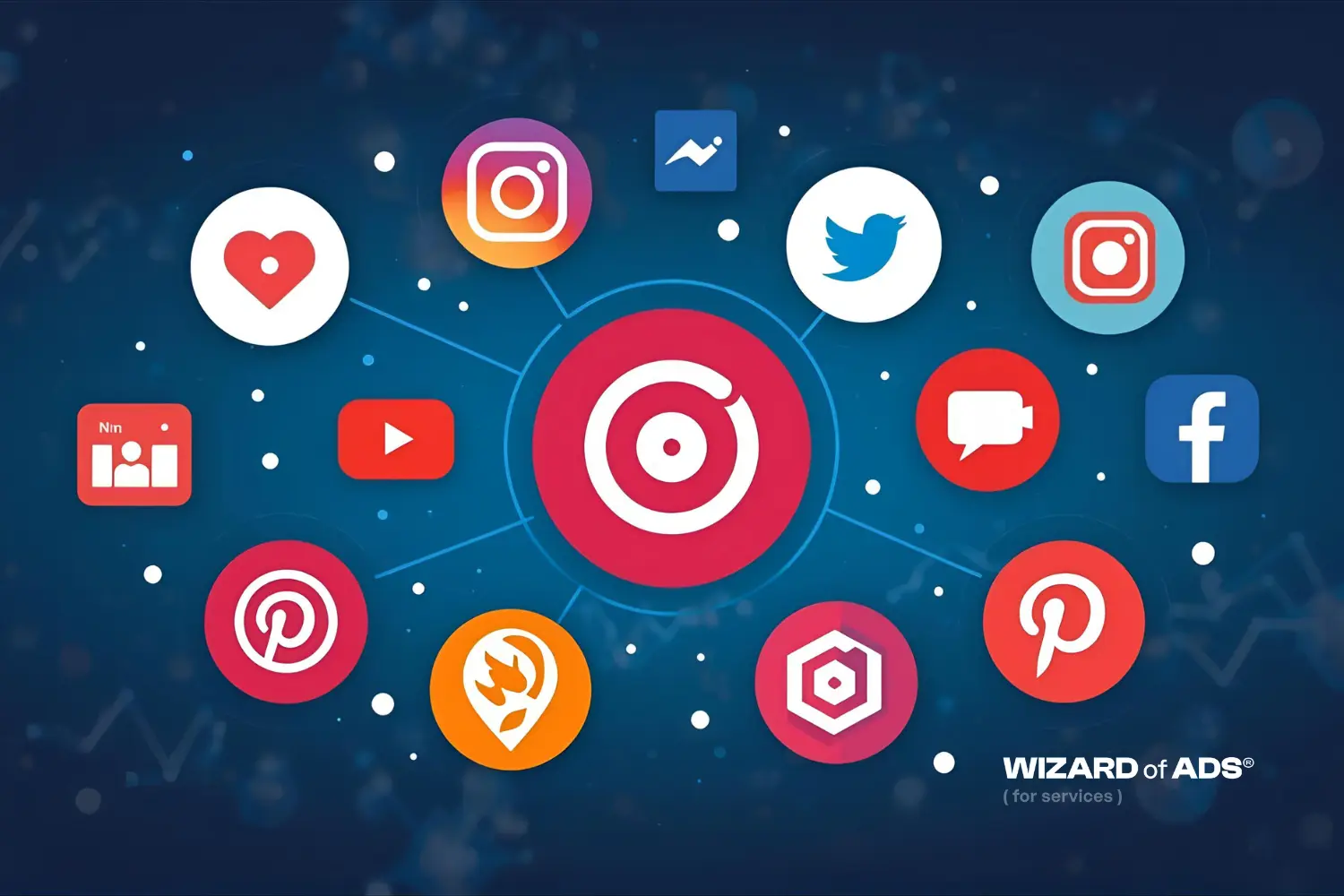

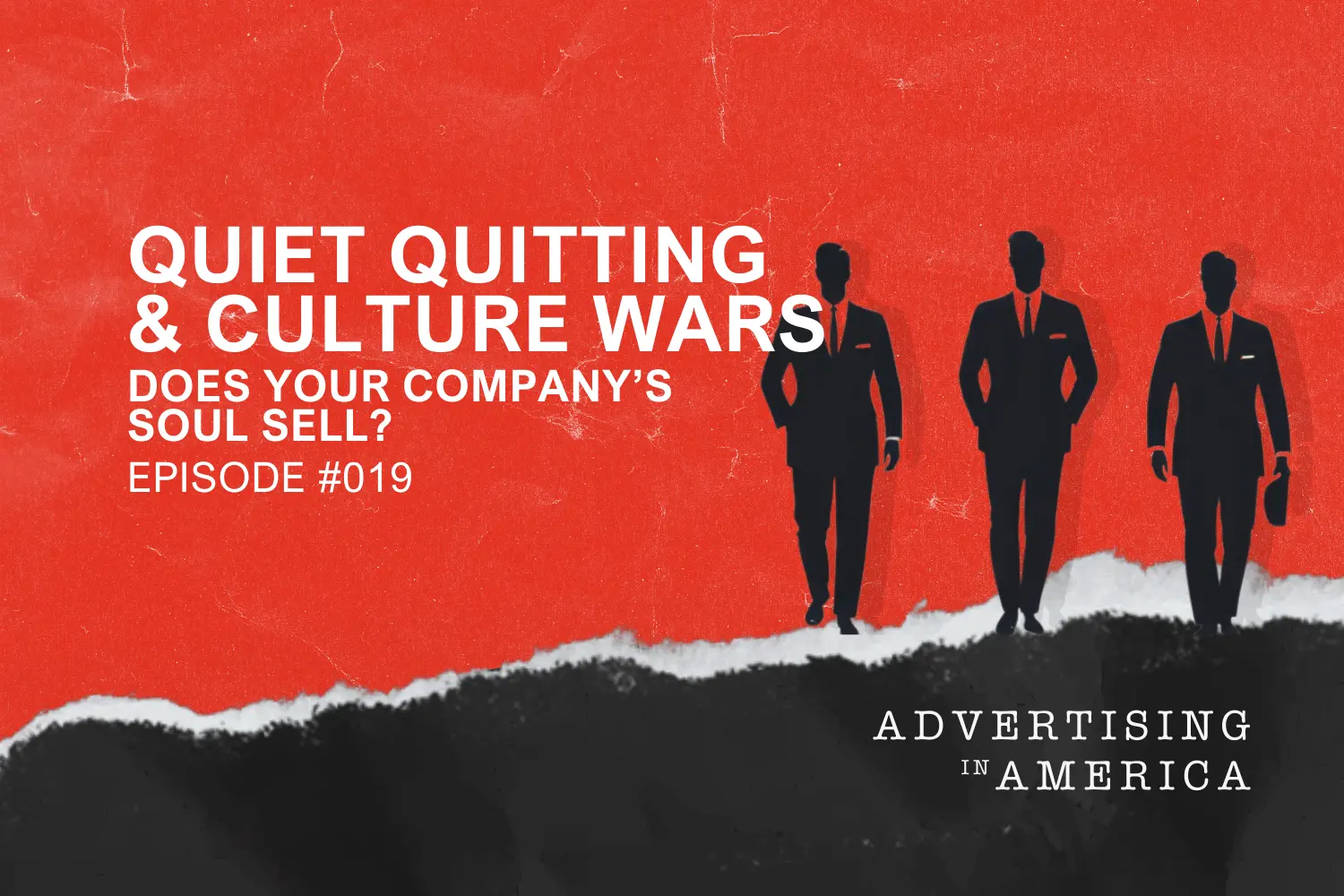

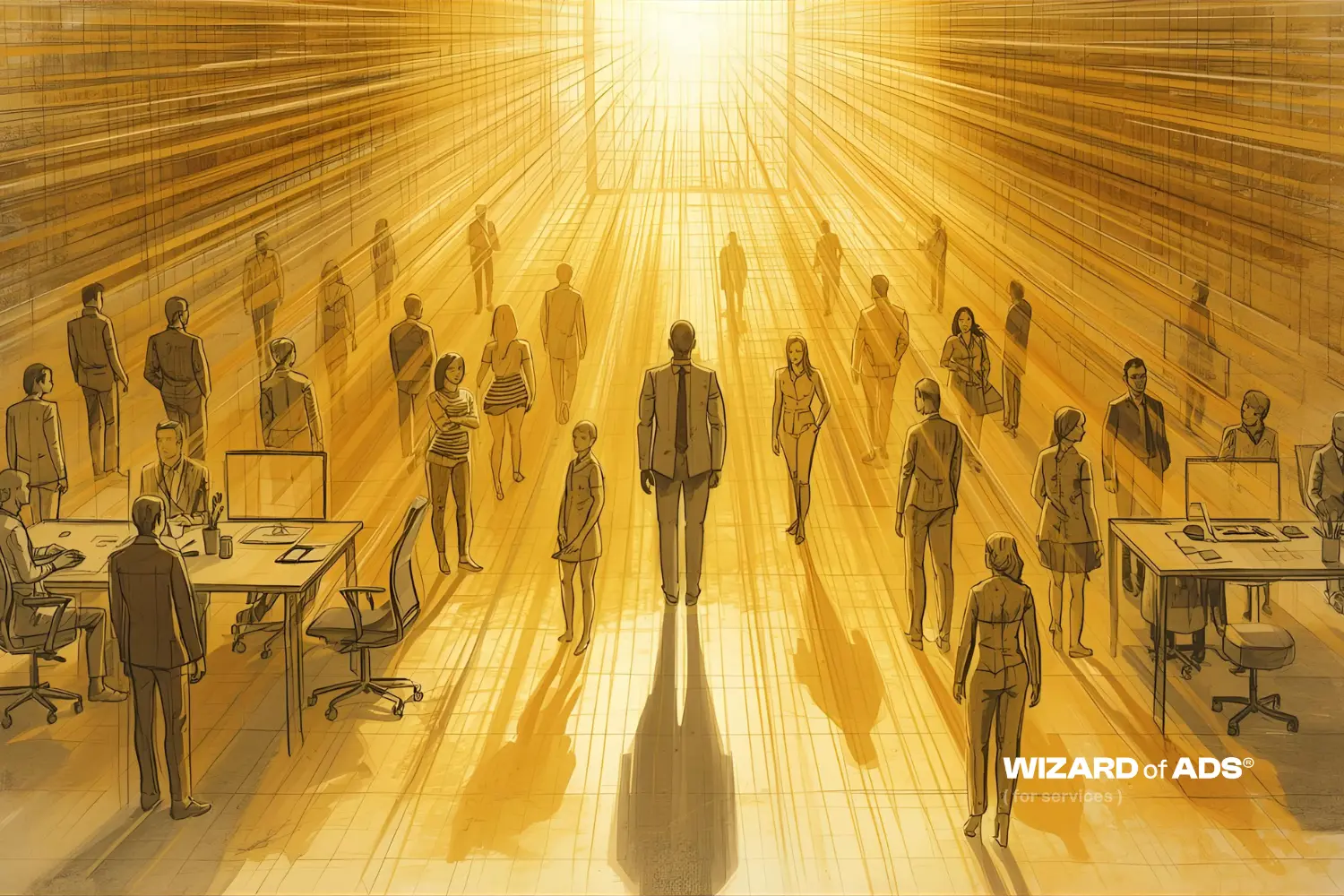
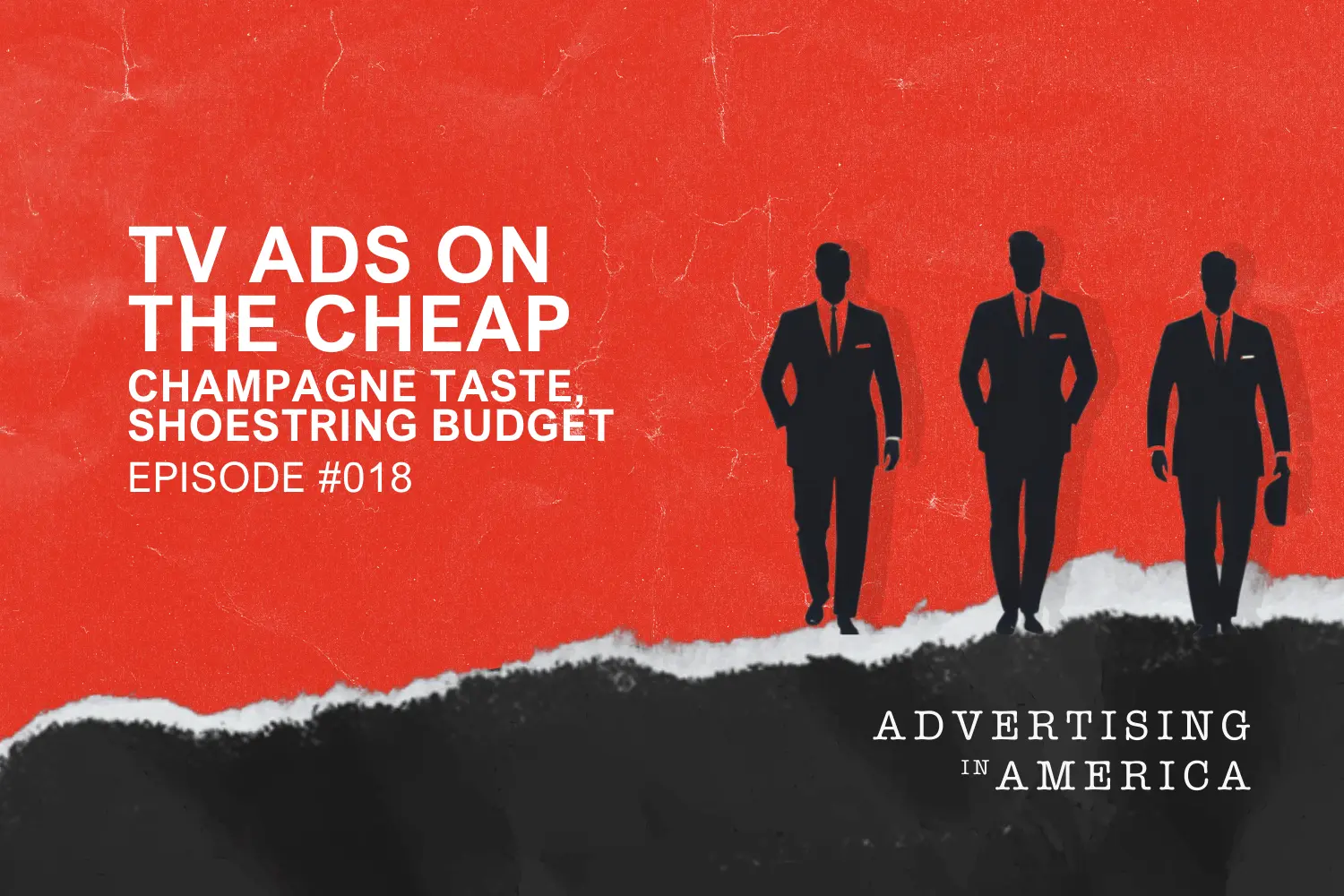
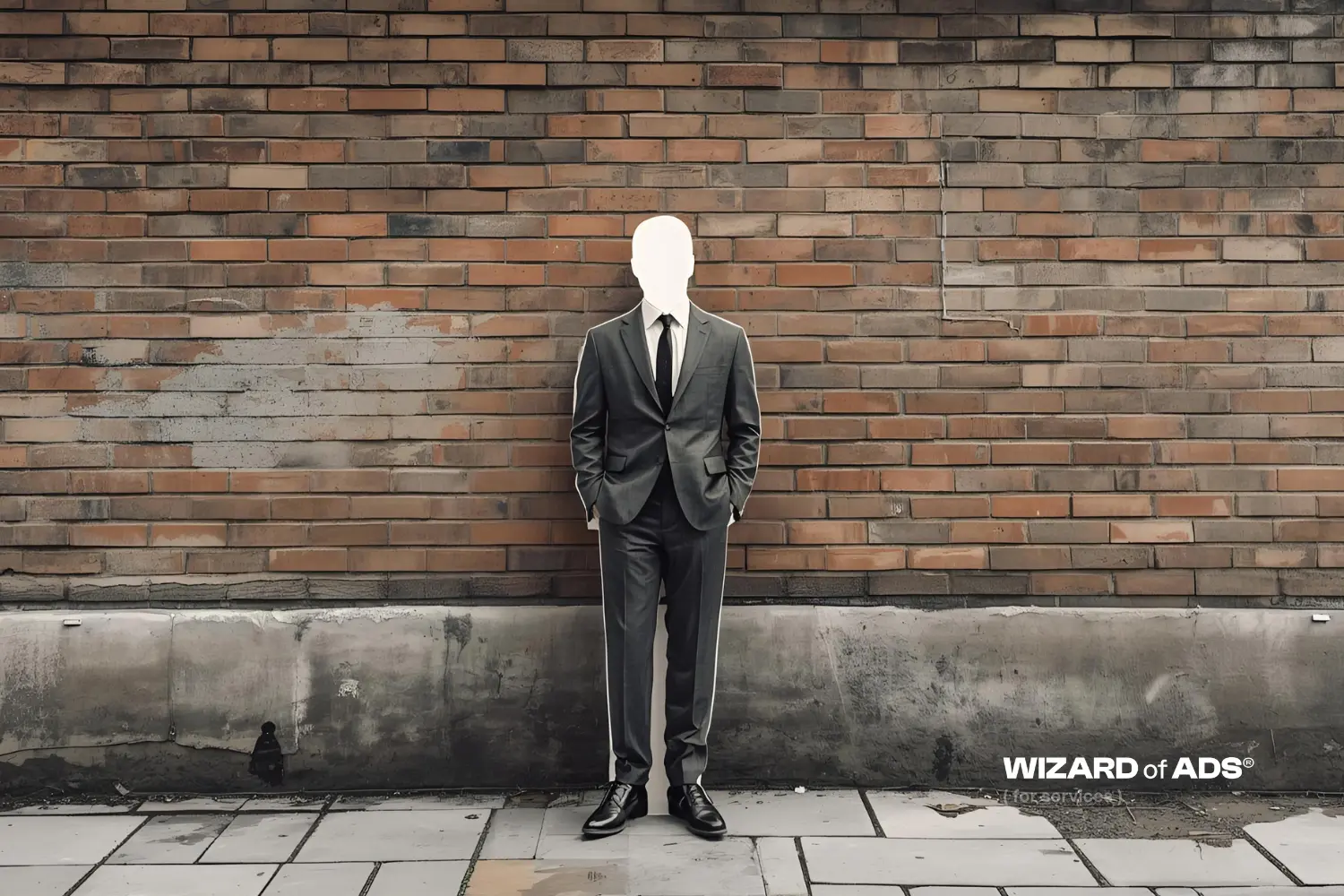

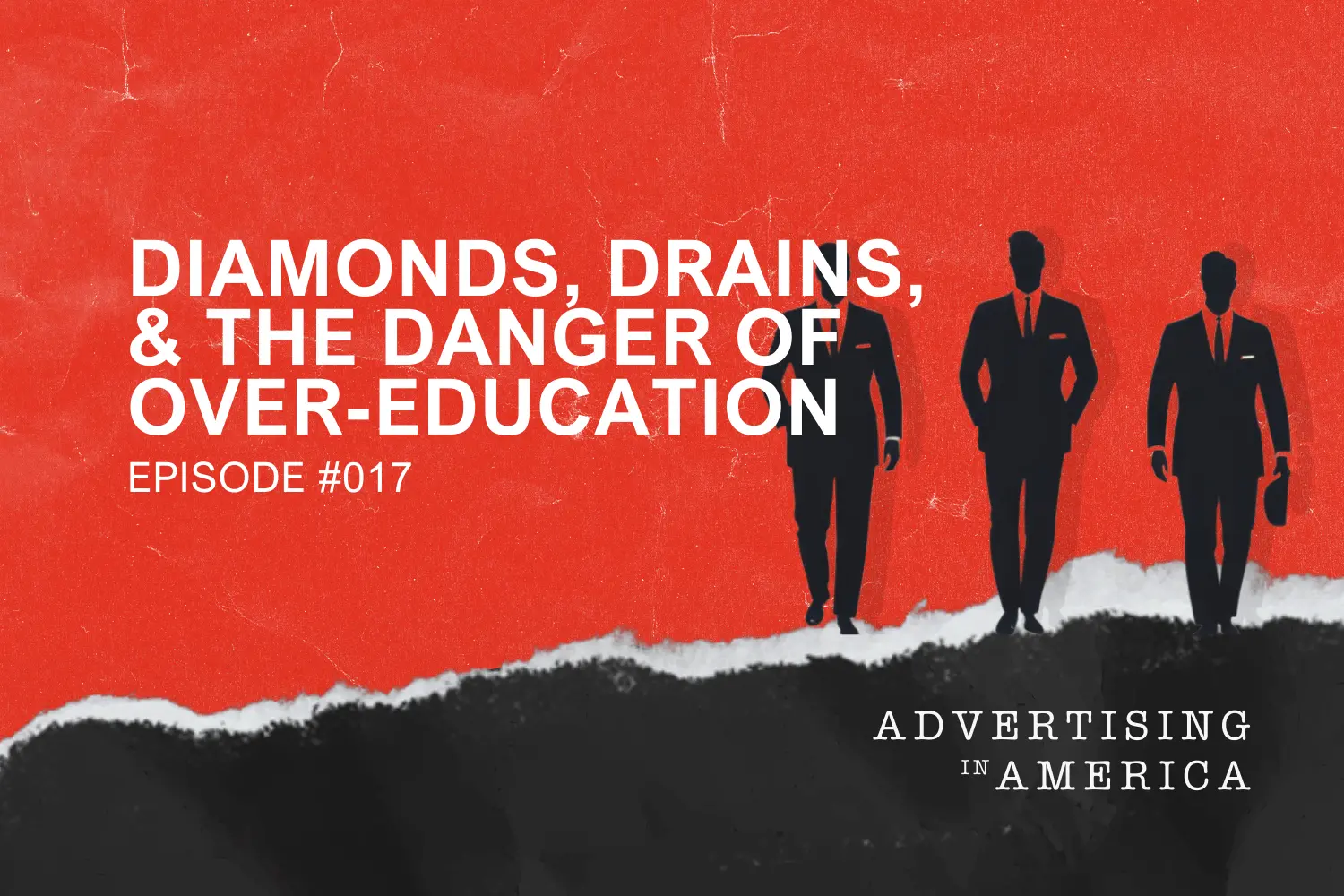



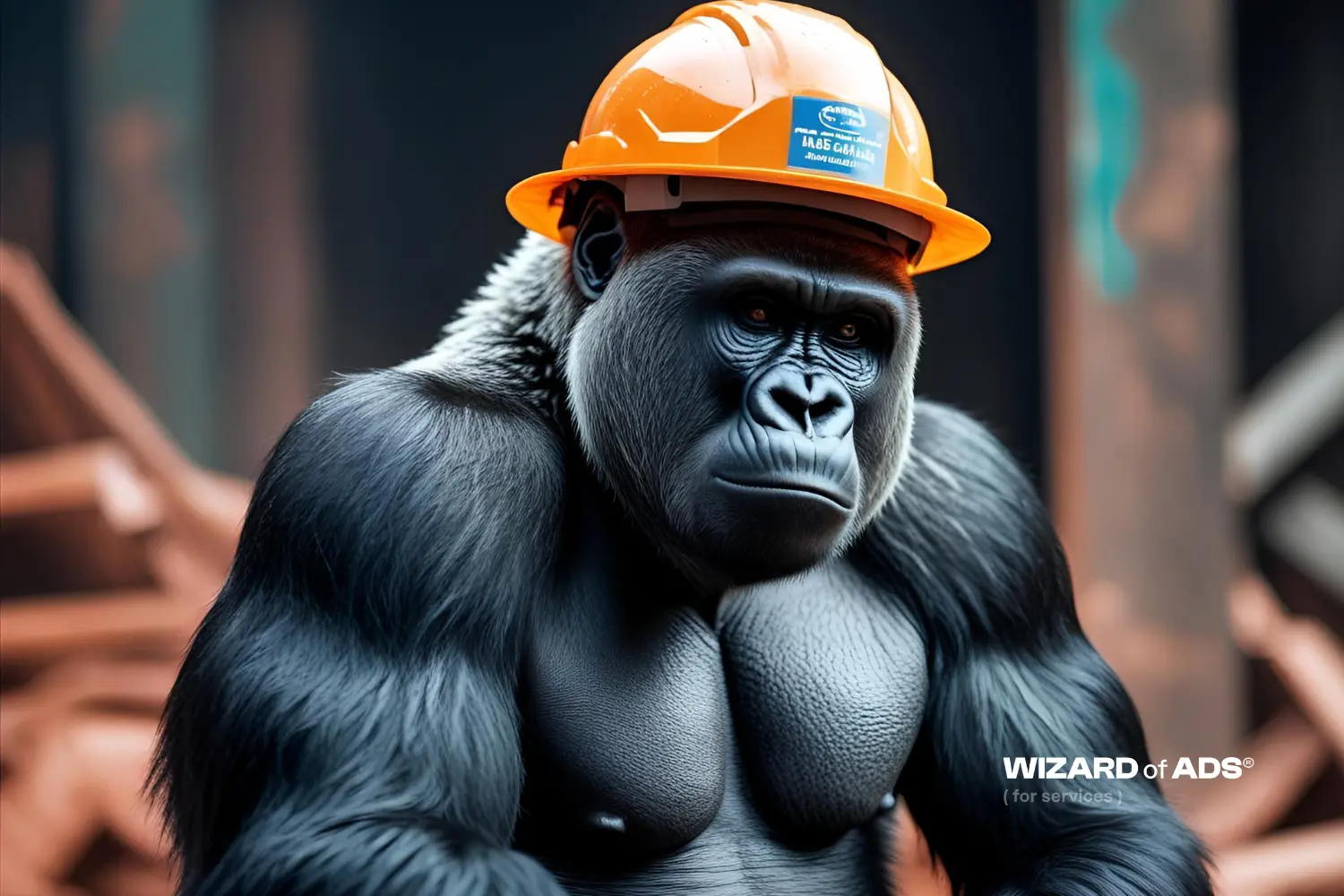
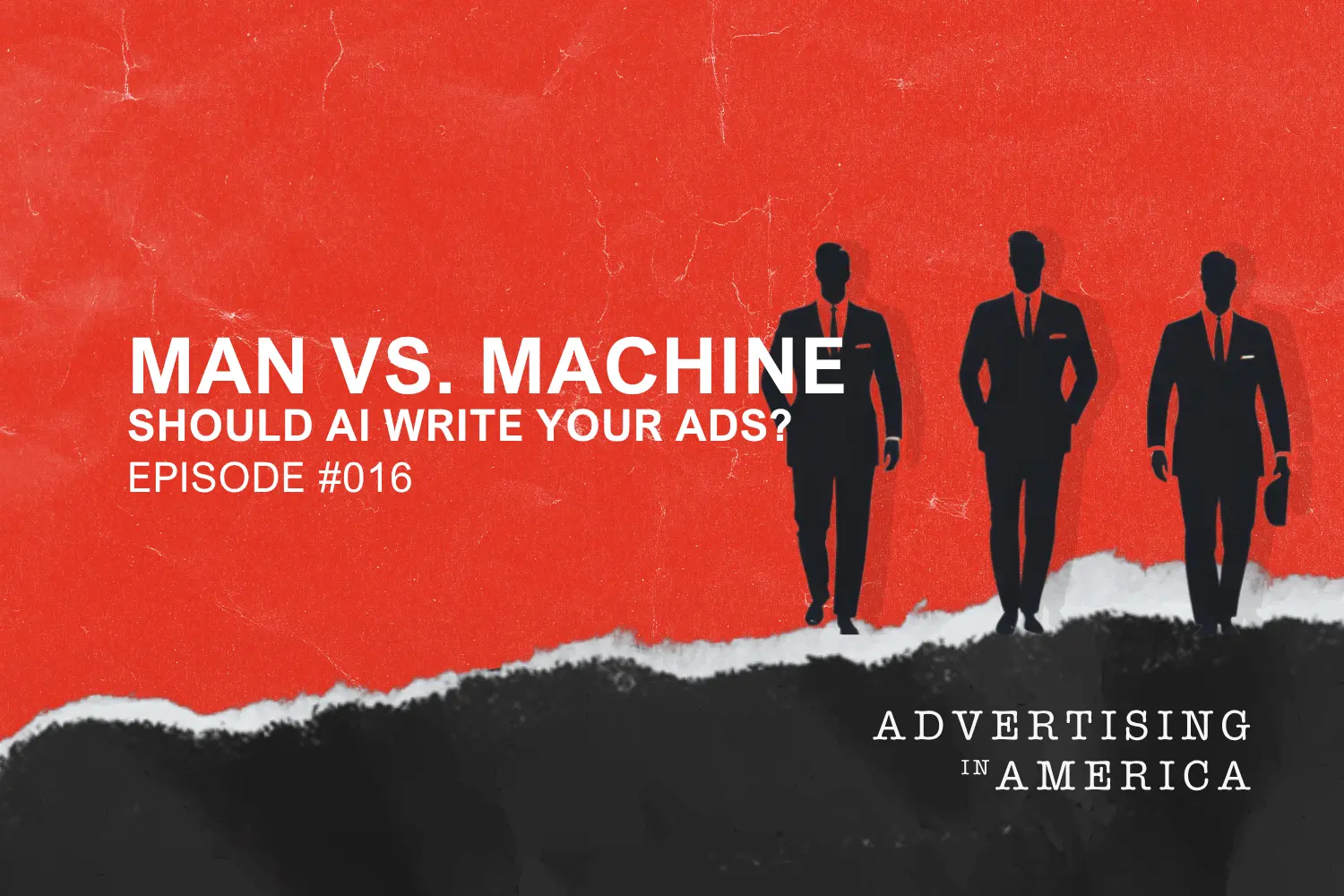



.webp)
.webp)